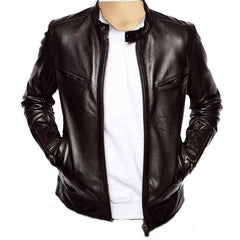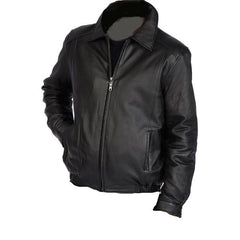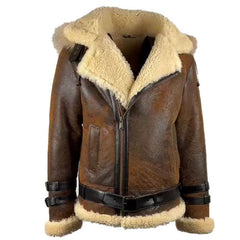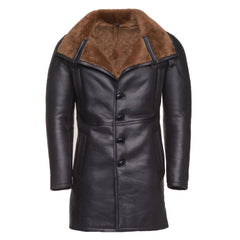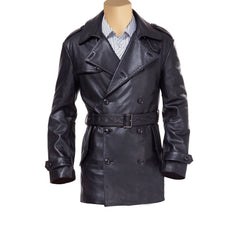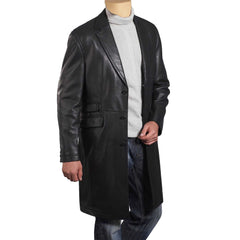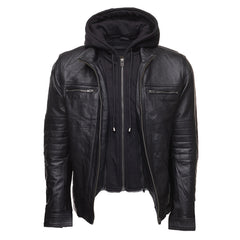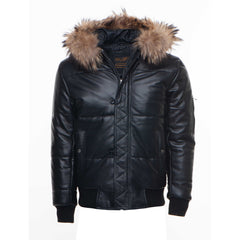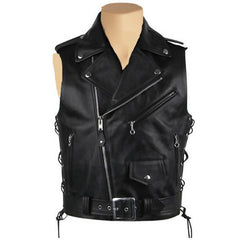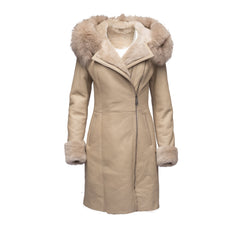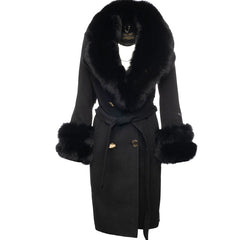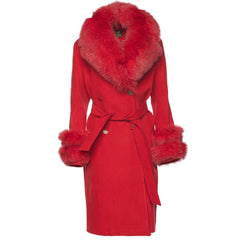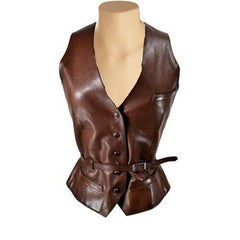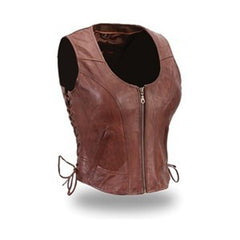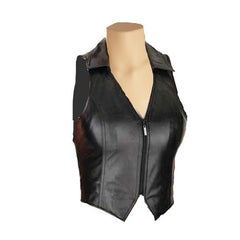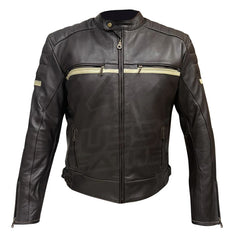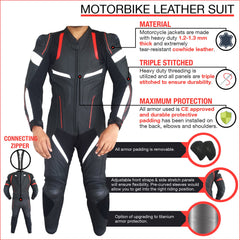What is Deerskin Leather: Characteristics, Benefits, and Uses

What is Deerskin Leather? Deerskin leather is a form of leather derived from deer hides. It has a distinct texture and is prized for its softness, durability, and strength. Because of its extensive usage in fashion, accessories, and diverse products such as gloves, shoes, and bags, understanding deerskin leather is crucial. It's also a more environmentally friendly and sustainable alternative to other forms of leather, making it an increasingly popular choice among environmentally aware shoppers.
Is deerskin more durable than cowhide? Both materials are long-lasting, but deerskin leather is noted for its extraordinary strength and resilience to wear and tear. This is owing to deer hide's distinct structure, which has a tighter grain pattern and a thicker covering of collagen fibers than cowhide. As a result, deerskin leather is less likely to stretch, crack, or stiffen with time, thus becoming a common option for products requiring longevity and toughness, such as coats, boots, and work gloves.
The Indigenous inhabitants of North America have a long history with deerskin leather, using it for clothing, footwear, and even homes. Early settlers in the area realized the significance of deerskin leather quickly and started trading with Native American groups to acquire it. The history of deerskin leather, its cultural significance, and its use in modern clothing and consumer goods will all be covered in this article.
What is Deerskin leather?
A form of leather created from the deer's hide is known as deerskin leather. The crisp grain pattern and a thicker layer of collagen fibers that give it outstanding strength and longevity set it apart from other types of leather. Deerskin leather is preferred for clothes and accessories because it is softer, more flexible, and more breathable than other forms of leather.
Characteristics and properties of deerskin leather comprise its softness, toughness, breathability, resilience to dampness, and abrasion resistance. It is a popular option for outdoor clothing because of its outstanding performance in cold and damp circumstances.
Differences between deerskin leather and other leather, such as cowhide or lamb hide and goat hide leather, include its tighter grain pattern, better strength, and flexibility. Cowhide leather is recognized for its strength and durability, whereas lambskin leather is noted for its suppleness and comfort.
The size, thickness, condition, and regularity of the grain pattern all contribute to the quality of deerskin leather. The grading system for deerskin leather normally spans from A to D, with A being the greatest grade and D being the lowest. Better quality grades contain fewer flaws and scars and a more uniform grain pattern.
How is Deerskin Leather made?
The production process of deerskin leather starts with the cleaning of the hide, which includes removing the skin's hair, flesh, and fat. After soaking in water to eliminate any lingering impurities, the hide is tanned to prevent deterioration and increase strength and durability.
Traditional and contemporary tanning procedures are utilized to manufacture deerskin leather. Traditional tanning uses natural ingredients such as tree bark or plant extracts, whereas contemporary tanning uses chemicals.
Because of the chemicals and water needed in the tanning process, the manufacture of deerskin leather can have a major environmental impact. Its impact, however, may be reduced by employing eco-friendly tanning procedures and minimizing water use through recycling as well as other sustainable activities.
Uses of Deerskin Leather
A versatile material, deerskin leather has popular uses and applications in fashion accessories, "interior design," and "sporting products." Because of its softness, resilience, and organic texture, it is frequently used for purses, wallets, shoes, furniture upholstery, home décor, gloves, footwear, and balls.
Fashion and Apparel
The smoothness and durability of deerskin leather make it a popular fabric for high-end clothing and accessories. Jackets, coats, and pants are trendy clothing items made of deerskin leather, and this material is also frequently used to create accessories like gloves, caps, and boots. Furthermore, belts, wallets, and purses are made from deerskin leather.
Accessories
The resilience, suppleness, and organic texture of deerskin leather make it a popular material for accessories. It is frequently used for upscale purses, wallets, and shoes, and each piece is distinctive because of its distinctive grain pattern and inherent differences.
Upholstery and interior design
Deerskin leather is utilized in interior design because of its supple texture, strength, and natural look for furniture upholstery and home décor. High-end furniture pieces including chairs, couches, and ottomans as well as accent pillows, throws, and wall hangings frequently employ it.
Sporting goods
The softness, suppleness, and durability of deerskin leather make it a preferred material for sports products. In sports like baseball and golf, as well as for footwear like moccasins and hiking boots, it is frequently used for gloves. In sports like cricket and lacrosse, it is furthermore occasionally used for the ball's outer covering.
Care and Maintenance of Deerskin Leather
How to care for and maintain deerskin leather products? Avoid heat and moisture, wipe off with a soft, wet cloth, use a leather conditioner, and stay away from corrosive substances like abrasives and harsh chemicals while caring for deerskin leather items.
Cleaning Tips
Deerskin leather is a delicate and long-lasting material that needs particular attention to preserve its excellence. How to wash a leather jacket? Avoid using water or strong chemicals that can harm the deerskin leather while cleaning your items that are made of it. To get rid of dirt and stains, use a soft-bristled brush or cloth. A mild leather cleaning or saddle soap can be used for particularly difficult stains. To make sure they don't harm or discolor the surface, cleaning agents should always be tested on a tiny, discrete area first. Use a leather conditioner regularly to keep the leather's suppleness and natural oils. Deerskin leather items should be kept out of direct sunlight in a cool, dry location when not in use. It is not recommended to iron a leather jacket as it can cause irreparable damage to the material. Can leather jackets get wet? Although leather jackets might become wet, it's crucial to thoroughly dry them to avoid damage.
Storage Recommendations
Products made of deerskin leather should be kept in a cool, dry location away from the sun. Avoid placing them in moist locations or plastic bags while keeping them as this might lead to mold and mildew. Instead, wrap them in acid-free tissue paper or place them in a ventilated cloth bag.
Repair and Restoration
How to repair a leather jacket? A soft cloth may be used to buff away minor scuffs and scratches on items made of deerskin leather. To prevent inflicting additional damage, see a leather repair expert for expert assistance if the damage is more severe. Any damage must be repaired as quickly as possible to keep it from getting worse.
FAQs: What is Deerskin Leather?
Can you get deerskin wet?
Although deerskin leather may become wet, it's best to avoid wetting it because doing so might harm the leather. Avoid utilizing heat sources like hair dryers while drying damp deerskin leather items; instead, dry them at room temperature.
Why is deer leather so expensive?
Deer leather is pricey due to its scarcity and the high expense of obtaining and tanning skins. Leather is further prized as a material for high-end items due to its reputation for toughness, suppleness, and natural beauty.
What animal has the highest quality leather?
Various kinds of leather, each with its distinct features and properties, are produced by various animals. Cows, goats, sheep, and exotic animals like alligators and ostriches are some of the sources of some of the best quality leather varieties. The tanning and finishing techniques employed also affect the leather's quality.
Final Thoughts
In conclusion, what is deerskin Leather? Deerskin leather is a distinctive and adaptable material with a variety of advantages for both fashionable and functional applications. Microfiber is a well-liked material for apparel, footwear, and accessories because of its softness, toughness, and inherent water resistance. Deerskin leather is lightweight and breathable, which adds to its comfort and adaptability. High-end leather items frequently employ it because of its inherent oils, which make it simple to work with. Deerskin leather is a premium substance that is widely sought after outside of the fashion world.






















